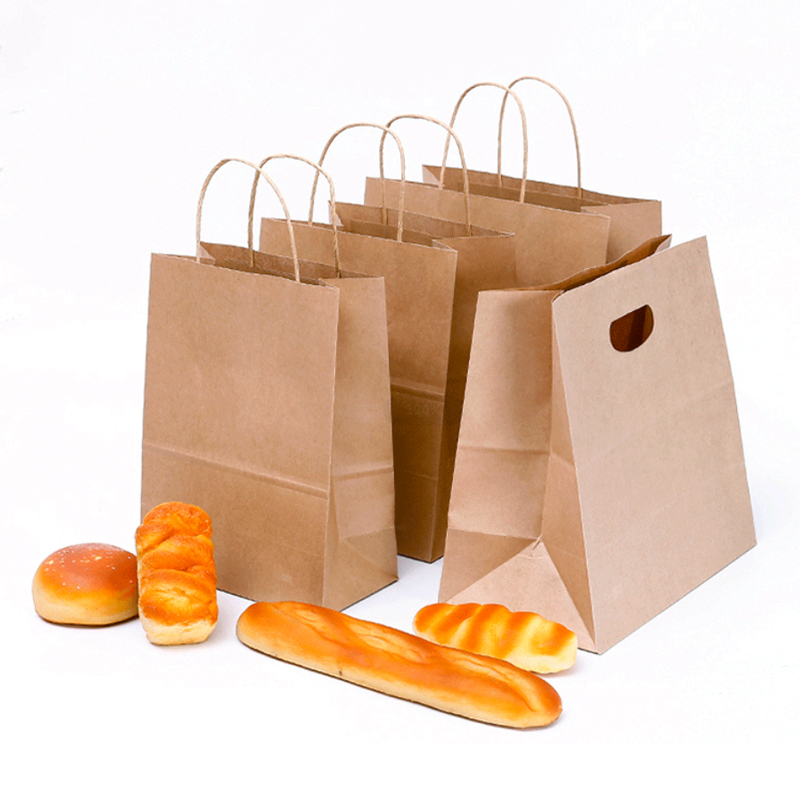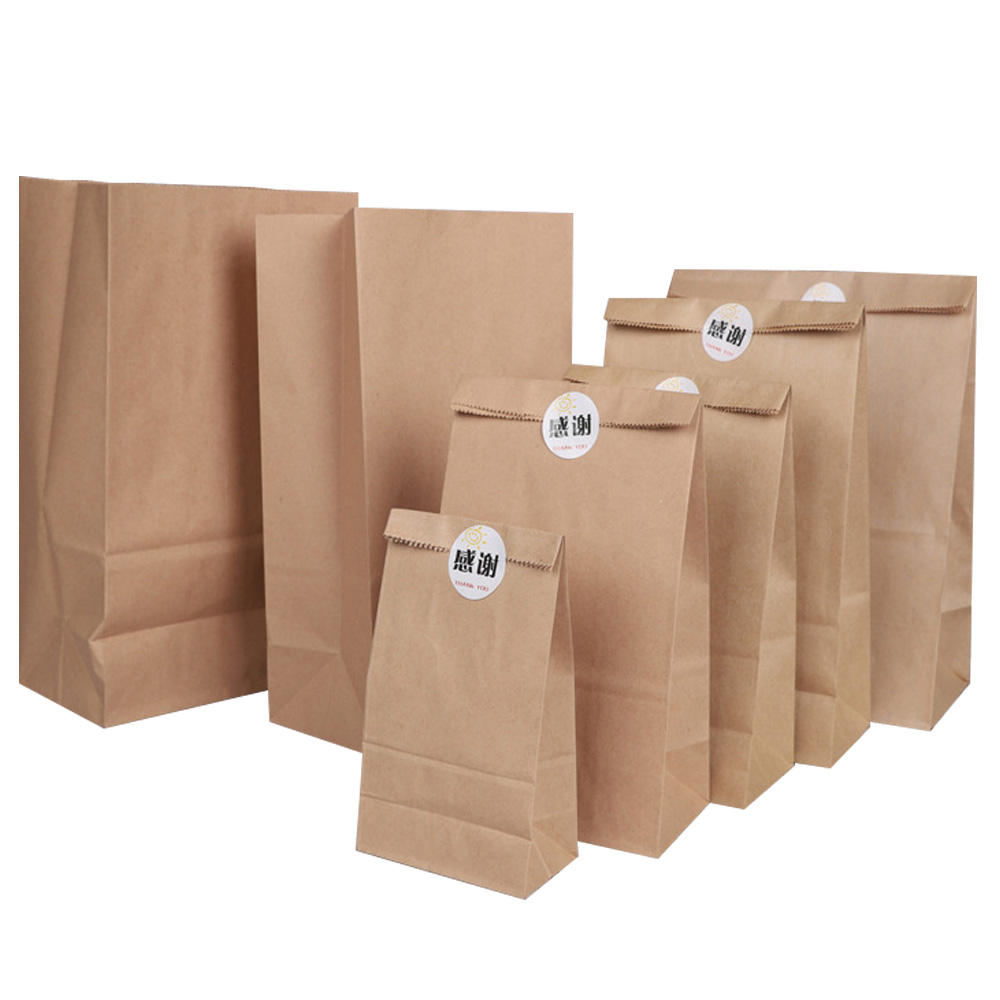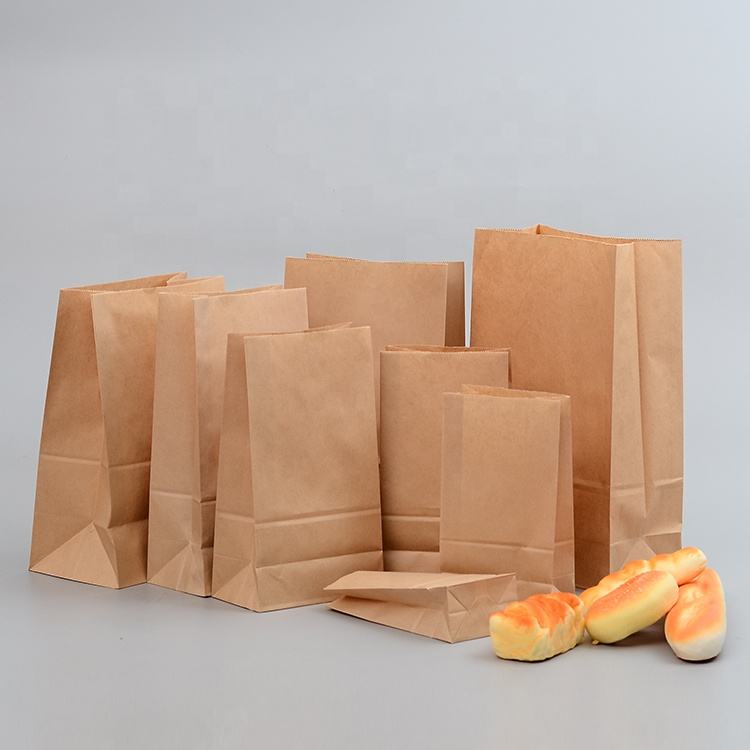The origin story of food paper bags can be traced back to the late 19th century, when the paper bag was first invented. Initially, paper bags were used primarily for carrying small items, such as groceries, but as the technology for manufacturing paper bags improved, their use expanded to include a wider range of products, including food.
In the early 20th century, food paper bags became more common as food retailers began to recognize the benefits of using them for packaging and transport. Paper bags were lightweight, inexpensive, and easily customizable, making them an ideal solution for food retailers who needed a way to package and sell their products quickly and efficiently.
During the 1920s and 1930s, food paper bags became even more popular as the food industry expanded and supermarkets began to emerge. Paper bags were used to package everything from bread and produce to meat and poultry, and they quickly became a staple of the food industry.
Today, food paper bags continue to be widely used for packaging a range of food items, from fast food and take-out to groceries and specialty foods. They are prized for their convenience, durability, and environmental sustainability, as paper bags are biodegradable and recyclable.



